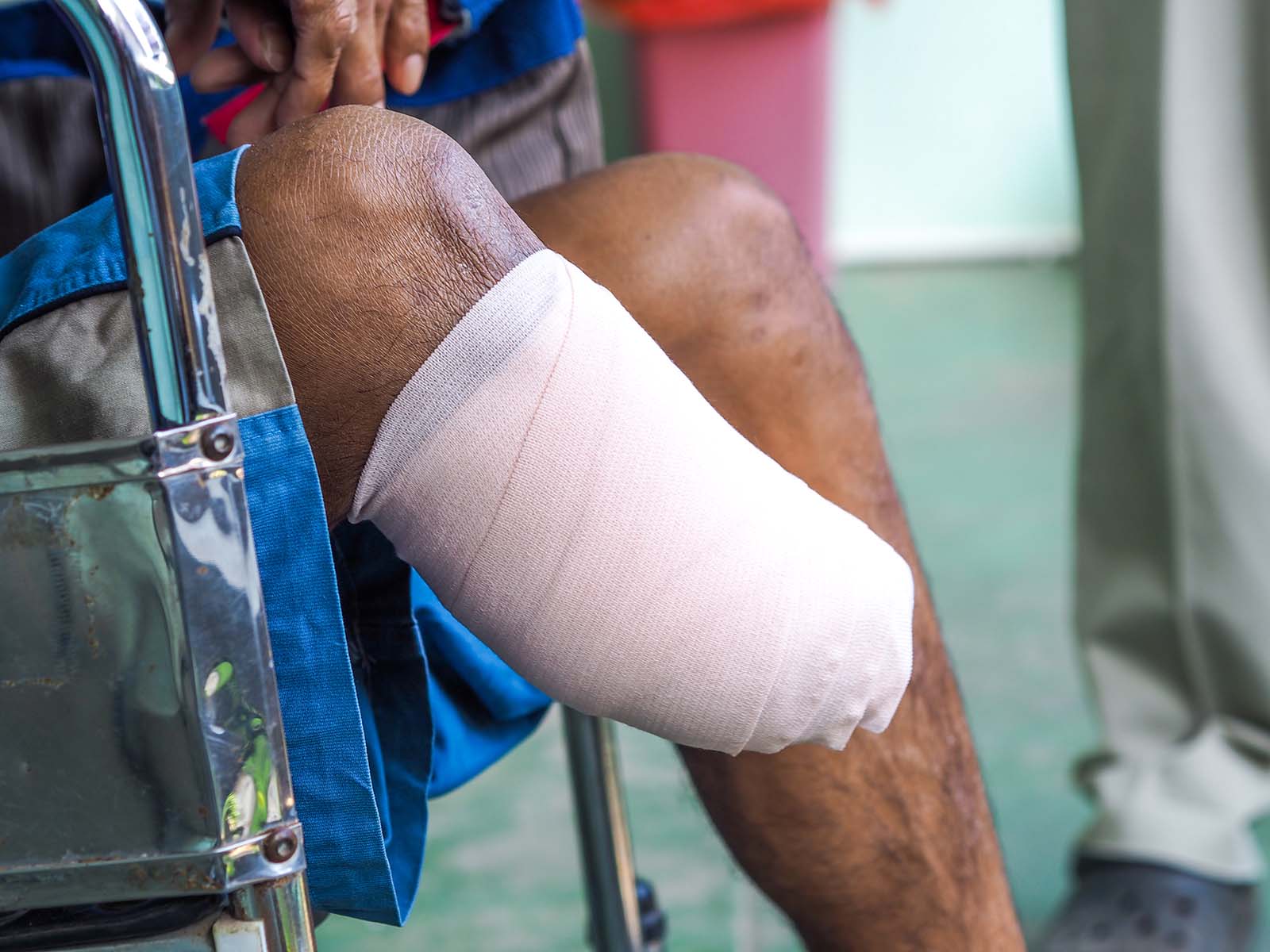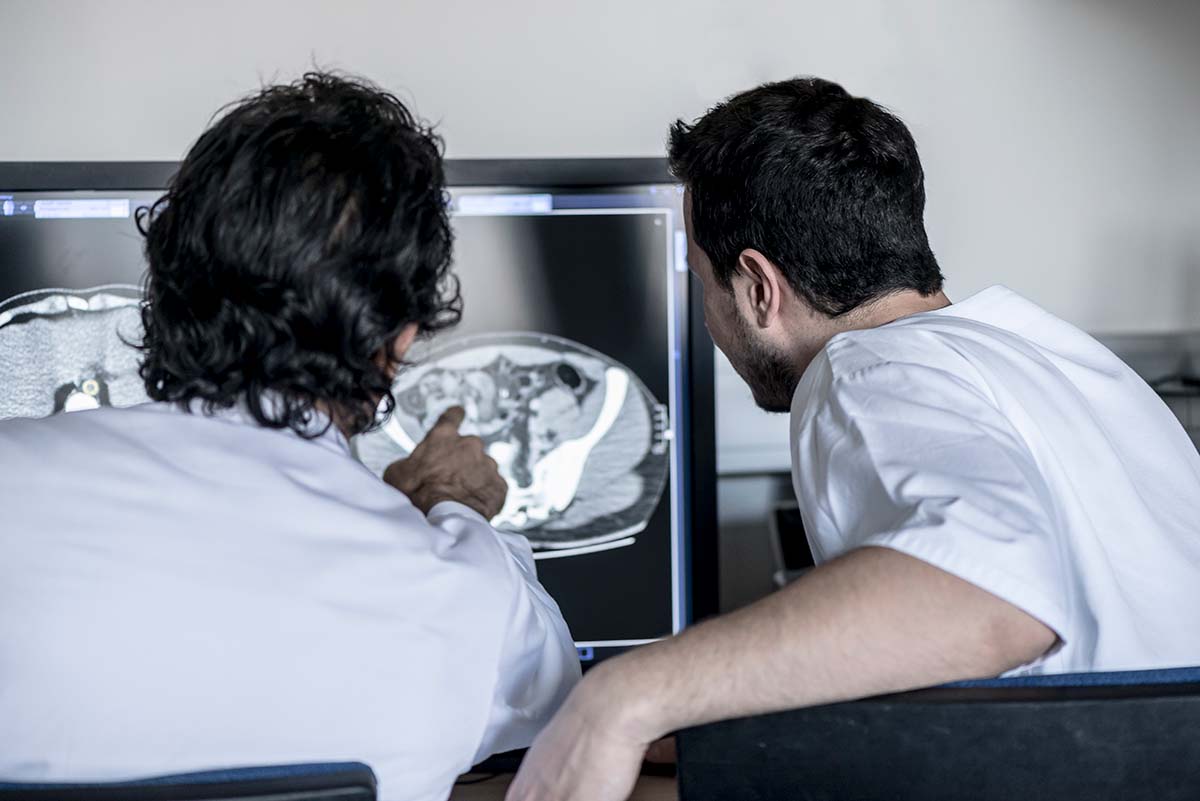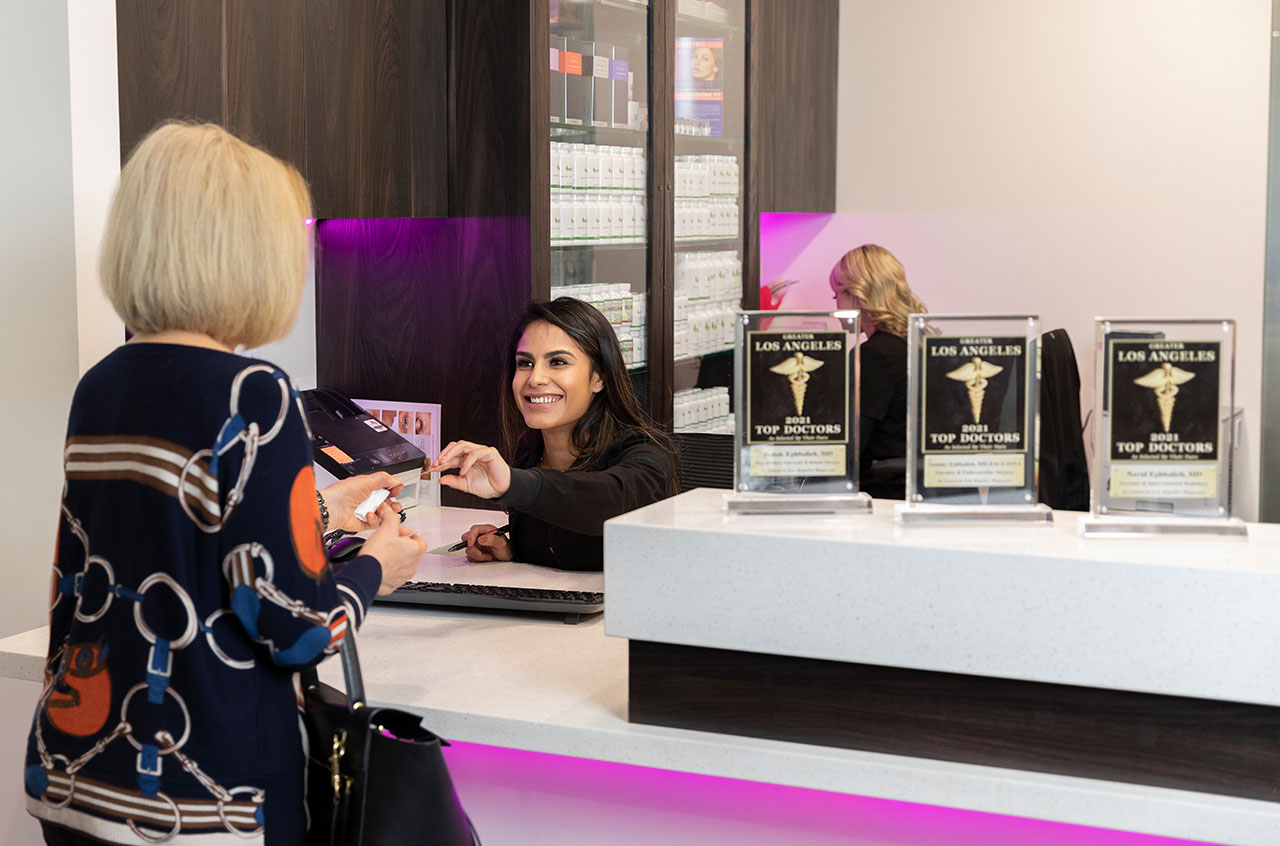Foot care to prevent amputation
Anyone that suffers from neuropathy, lack of blood flow, and immobility are at high risk for developing a deep wound (ulcer)! This could be from diabetic foot complications or peripheral arterial disease (PAD).
Neuropathy is a reduction in nerve sensation and diminishes your ability to detect foot injuries when they occur. It is common to develop neuropathy if you are diabetic. You could have a foot or leg ulcer and not realize it. Foot ulcers are very common, especially among diabetic patients.Its important to always check your feet or the feet of your loved one if you are diabetic.
Poor blood flow can reduce or delay your body’s ability to heal itself naturally. Immobilization can expose one area of your foot and ankle to constant pressure and result in skin destruction.
Obesity, poor diet, alcohol or tobacco abuse, fragile skin, dehydrated skin and foot deformities such as bunions or hammertoes also increase your risk. The more severe your symptoms, the more likely you are to miss the problem and face complications.
The potential complications of an untreated wound are extremely serious, even grave. What may look like a minor cut can quickly get infected and grow into a larger wound. An infected wound can require hospitalization and even amputation in severe cases. In fact, 1 in 5 diabetic patients who develop an ulcer may be faced with an amputation at some point.
The unfortunate fact about most amputations is that, in the vast majority of cases, the problem is preventable with proper wound care! Diabetics should inspect their feet daily in case they are forming a foot ulcer.
Therefore, protecting and taking care of your feet is essential! You can reduce your risk of wound- complications by staying fit, monitoring and protecting your feet, and engaging in regular” foot screening and care” at our office.
Foot Ulcers Q & A
1 in 5 diabetic patients who develop an ulcer may be faced with an amputation at some point, but in the vast majority of cases the problem is preventable with proper wound care.
Signs of Ulcer Development
- Discoloration of the skin
- Areas of open skin
- Infection and signs of hot or red skin
- Pain in the pressure area
- Skin that won’t lighten when touched (non-blanchable erythema)
- Skin areas that are of a different texture (softer or firmer) than the skin around it
Ulcers are usually on the soles of the feet and occur in 15 % of patients struggling with diabetes. No matter how small or insignificant your injury seems, you should never ignore it. Seek professional wound care treatment immediately!
If your nerves are still in good shape you may experience some degree of pain; however, since many who develop diabetic wounds also suffer from neuropathy, (even though they might not know it), even very serious injuries or wounds may be completely painless. More commonly, the first sign you detect will be drainage on your socks, redness, swelling, or odor.
Most Commonly Seen Wounds in the Foot or Ankle
- Diabetic Wounds
- Arterial Wounds
- Venous Wounds
- Decubitus Wounds
Why do I Need to See an Expert?
Professional treatment will depend on the status and type of the ulcer itself, but the goal is to deal with any infection immediately, and promote healing as quickly as possible!
Promoting Granular Tissue – Debridement is a process of removal of any dead tissues from the wound area to avoid infection and promote bleeding and healing of the tissues.
Cold Laser Therapy – technology that promotes healing at the wound site
Wound grafts and collagen treatments – many different kinds of graft therapy available
Offloading techniques – A process of pressure elimination at wound site and promotes healing.
Infection prevention – Application of the correct dressing and medication regimen to avoid infection and promote healing at the wound site.
If the wound is already infected at the time of your visit, it is essential to avoid the spread of infection and avoid bacteremia and or sepsis, and extra steps will be required—some of which may require hospitalization.
Surgery – Usually not necessary, but may become an option if the wound is severe or if previous methods have failed. If we think you need surgical care, we’ll explain the options that may be appropriate for your specific circumstances. Healing time after surgery varies considerably and will depend on the severity of the original injury, the status of other diabetes.
Once your treatment is finished in the office we will provide you with home care instructions!
So take care of yourself and make sure to monitor your feet to reduce the odds that you’ll have to lose a toe, a foot, or a leg and become another statistic!
To schedule an evaluation at Southern California Multi-Specialty Center, call 818-900-6480.





